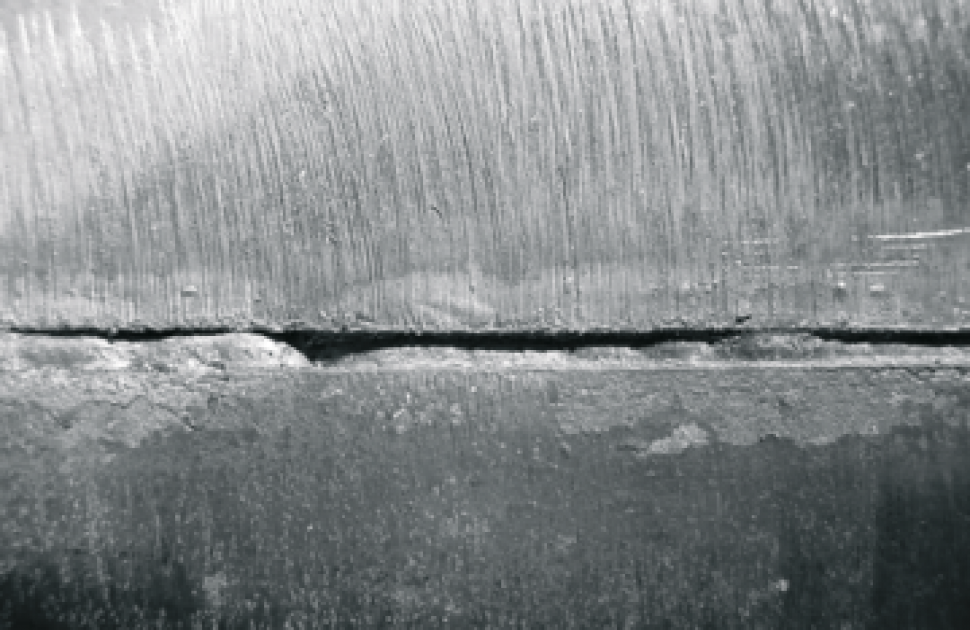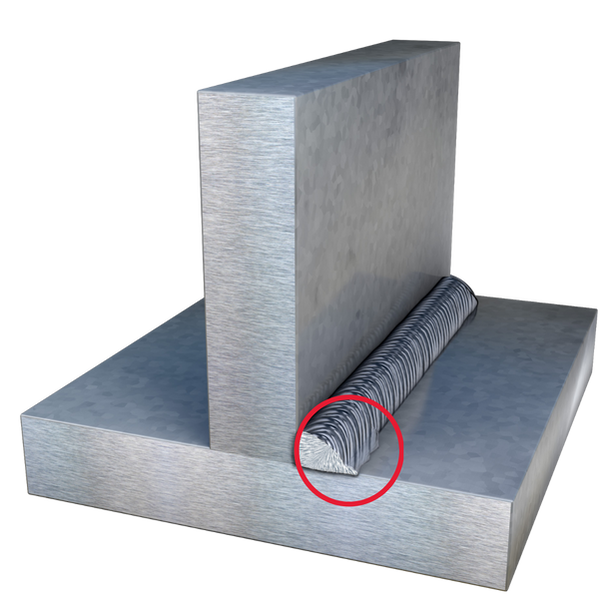Your Full Handbook to Preventing Weld Undercut Like a Pro
Your Full Handbook to Preventing Weld Undercut Like a Pro
Blog Article
A Comprehensive Guide to Identifying, Fighting, and Correcting Undercut Welding Problems in Your Welding Tasks
In the world of welding, running into undercut concerns is an usual difficulty that can jeopardize the structural stability and general high quality of your welding projects. Understanding the source behind undercut welding, having the ability to accurately spot it in your welds, and implementing reliable preventative procedures are vital skills for any welder. In addition, having the understanding and methods to rectify undercut troubles when they do happen can make a significant distinction in the final end result of your welding ventures. Stay tuned as we discover the vital components of recognizing, avoiding, and dealing with undercut welding issues, providing you with useful insights and methods to elevate your welding abilities to the next degree.
Typical Root Causes Of Undercut Welding
Undercut welding, a common issue in welding processes, can be caused by different elements that need to be very carefully determined and dealt with to make sure the stability of the weld joint. One of the main reasons of undercut welding is extreme warmth input.
Another usual cause of undercut welding is improper welding strategy. Determining these root creates and executing corrective procedures is important in preventing and remedying undercut welding troubles in welding projects.
Identifying Undercut in Welds

To determine undercut accurately, correct lighting and magnifying tools are necessary to check the weld joint completely. Using tools such as a welding scale or a magnifying glass can aid in finding even the smallest undercut blemishes. In addition, running a finger or a fingernail along the weld joint can occasionally reveal undercut, as the surface area may feel unequal or have a dip where the undercut exists.
Safety Nets for Undercut
Having a deep understanding of the root causes of undercut in welds enables the application of efficient safety nets to keep weld quality and honesty. One vital precautionary procedure is correct weld joint preparation. Ensuring that the sides are tidy, cost-free of impurities, and appropriately beveled can considerably lower the likelihood of undercut (Preventing weld undercut). Furthermore, selecting the suitable welding specifications, such as voltage, present, and take a trip rate, is crucial. These setups ought to be optimized to prevent excessive warm input, which can cause damage formation.

Strategies for Dealing With Undercut

Raising the welding existing or lowering the traveling speed can assist load in the undercut. In addition, transforming the welding strategy from a press to a drag or vice versa can also assist reduce undercut.
One more method is to use a weaving movement while welding to make sure proper sidewall blend and fill in the undercut. By oscillating the welding arc from side to side within the weld joint, the welder can deposit extra filler material into the undercut areas, properly getting rid of the flaw.
Furthermore, grinding out the undercut and rewelding the joint can be a practical service for more extreme undercut issues - Preventing weld undercut. This procedure entails eliminating the undercut section, preparing the base steel, and afterwards rewelding the joint with proper welding criteria and strategies to stop undercut from persisting

Expert Tips for Preventing Undercut
Using appropriate welding methods and maintaining control over key welding parameters are vital techniques for welders aiming to protect against undercut in their weld joints. In addition, selecting the appropriate welding procedure and filler steel for the details application can assist stop undercut. Preserving a constant travel speed during the welding procedure is another essential idea to avoid undercut.
Final Thought
In final thought, identifying, preventing, and dealing with undercut welding problems in your welding projects is essential for guaranteeing solid and long lasting welds. Preventing weld undercut. By understanding the common root causes of undercut, being able to determine it in welds, applying safety nets, and making use of proper strategies for dealing with undercut, you can prevent potential problems and create top notch welds. Adhering to specialist tips for avoiding undercut can assist you helpful resources enhance your welding abilities and create far better outcomes in your tasks
Undercut welding, a typical issue in welding processes, can look at these guys be caused by different variables that need to be very carefully identified and dealt with to guarantee the integrity of the weld joint. Furthermore, running a finger or a finger nail along the weld joint can in some cases expose undercut, as the surface area might feel uneven or have a dip where the undercut exists.
Using appropriate welding techniques and preserving control over essential welding specifications are crucial methods for welders aiming to stop undercut in their weld joints.In conclusion, identifying, preventing, and repairing undercut welding issues in your welding projects is vital for ensuring solid and long lasting welds. By recognizing the typical reasons of undercut, being able to determine it in welds, applying preventive procedures, and using correct strategies for taking care of undercut, you can prevent potential problems and develop top quality welds.
Report this page